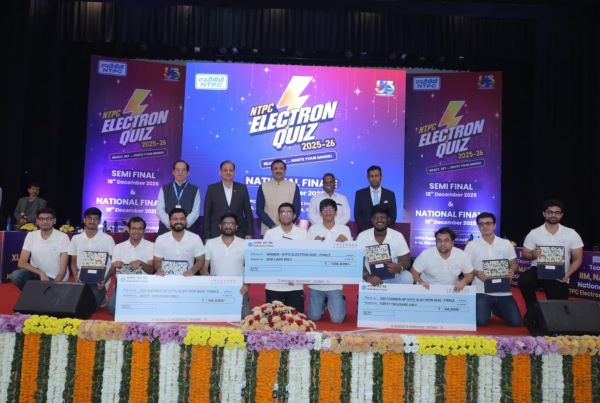
R Krishna Das
One of the arguments against the draft Environment Impact Assessment (EIA) 2020 notification is that a project can begin operation without environment clearance and then seek post-facto approval.
Many experts on the issue observed that those campaigning against the 2020 draft notification claimed that this would regularise the operations of those who violates environmental laws and endanger the environment.
Experts said there was an attempt to mislead people. There are two views. Firstly, the post-facto approval would apply only for those projects that were currently in operation without getting the mandated environment clearance. No new project could seek post-facto approval.
Under the present Act, a unit operating could be asked to be shut. The draft notification said that the impact of the unit on the environment would be assessed first to decide on whether it should continue operation even as it functions.
The other view is that the post-facto approval clause pertains to only sand mining by clay potters, community de-silting, dredging of dams, reservoirs and barrages, digging for drinking water and irrigation purposes, activities declared as non-mining by the State governments, solar thermal power plants, and units inside approved special economic zones or notified industrial clusters.
The draft notification had underlined clearly what even small chemical or pharmaceutical unit would have to do to get permission for operation. This is totally in contrast to what some of the activists or NGOs would want people to understand.
Opponents of the draft also argue that no environment clearance is required for infrastructure projects and thus roads can be constructed taking away lands of poor farmers. This is another attempt to mislead the people. The draft notification only speaks of highway projects in border areas which are of strategic importance and national security.
The draft also exempts industries of “strategic importance” from getting environment clearance. This is in line with India’s defence requirements. This will ensure cutting of red tape and attracting more foreign direct investment.
On the issue of public hearings or responses to new project proposals, the draft notification clarified that all projects require public hearings that a section had contested. The only exemptions are for things such as modernisation of irrigation systems, projects under notified industrial areas, projects that don’t have an environmental impact and those of national defence importance.
The draft notification, in fact, protects and preserves the federal structure of the Constitution. It has no provisions for the Union government to act arbitrarily. The notification provides for setting up of State Environment Impact Assessment Authority by the States. Union Territories, too, get the power to set up such an authority.
The government has come out with the draft EIA 2020 mainly in view of rulings by the Jharkhand High Court ruling on 28 November 2014 and the National Green Tribunal (NGT) ruling in 2018.



